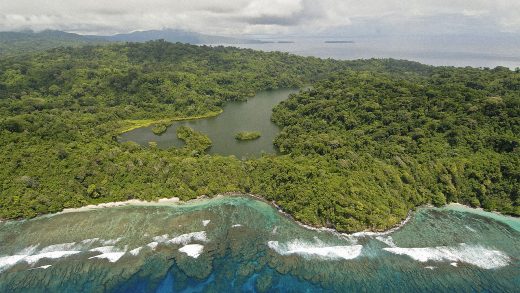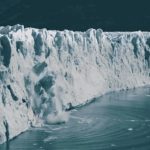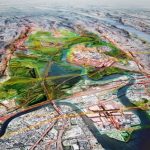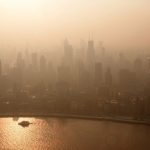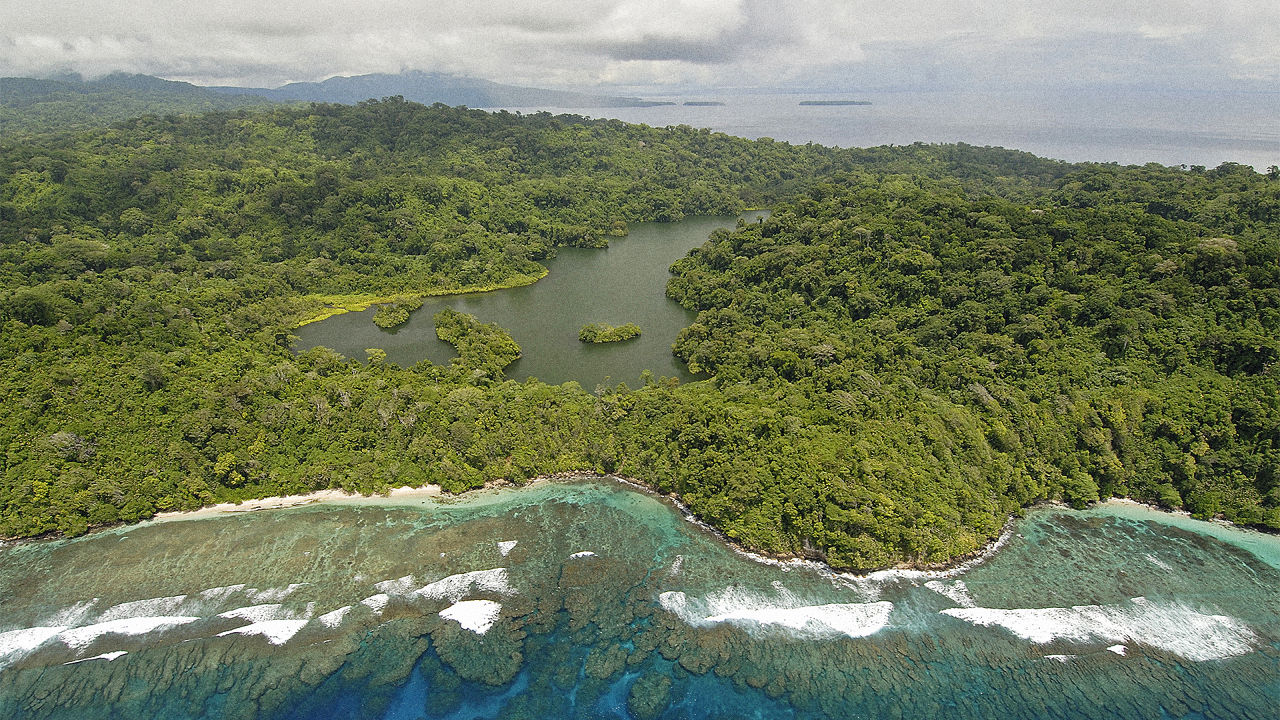Climate Change Has Officially Engulfed 5 Pacific Islands
Five Pacific islands have just disappeared, thanks to rising oceans. The islands are—or were—a part of the Solomon Islands, located around 1,000 miles off Australia, and were uninhabited by humans. However, the same rising sea levels have washed away huge chunks of other inhabited islands, forcing the residents to move and destroying an established village.
The study is the first scientific evidence that climate change and sea-level rise are sweeping away the low-lying islands of the Pacific, confirming numerous anecdotal accounts. The evidence comes from studying aerial and satellite imagery from 1947 to 2014. This was combined with local knowledge to identify any missing islands. The researchers have found that five vegetated islands—not just hunks of rock—have have been completely eroded and submerged, and six more have experienced severe shoreline erosion.
“Shoreline recession at two sites has destroyed villages that have existed since at least 1935, leading to community relocations. Rates of shoreline recession are substantially higher in areas exposed to high wave energy, indicating a synergistic interaction between sea-level rise and waves,” says the report, published in Environmental Research Letters, says.

The islands that gradually sank over the years ranged in size from three to 12 acres. Four of them were gone by 2002, with the final and largest island, named Kale, succumbing in 2014. Of the inhabited islands, the least-affected has lost 20% of its area, and the worst-affected, 62% of its area.
The changes can creep up, but disaster can also occur suddenly. Nuatambu, which has lost half of itself to the sea since 1947 then experienced severe coastal loss between 2011 and 2014, resulting in ten houses destroyed.
The sea-level rise in the area, which is a global “hotspot,” according to the authors, averaged 3 millimeters per year since 1950, rising to 7-10mm per year since 1994. That’s bad enough, but the real problems come from the interactions between the rising levels, tidal patterns, and wind. Scientists might be able to make a stab at predicting sea-level changes, but not their complex interactions with changing weather systems. And those are the kinds of changes that can lead to such sudden disappearances of land, not just in the remote islands of Pacific archipelagoes, but on the coasts of the continents themselves.
Fast Company , Read Full Story
(28)

